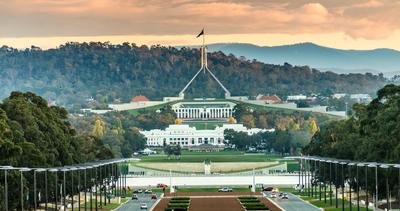Farmbuy FAQ
Frequently Asked Questions (FAQs) - Farms For Sale
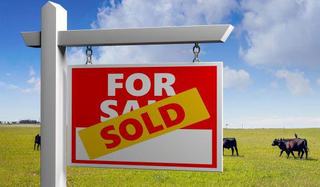

Farmbuy.com Answers Most Frequently Asked Questions About Farms For Sale Australia
Australia's leading specialist rural property for sale wesbite Farmbuy.com provides detailed answers to the most Frequently Asked Questions (FAQ's) about farms for sale Australia.
We have answers to questions about how to buy your first farm, how much it costs to buy a farm, how to get finance to buy a farm, how to make money on a farm, and lots more!
Can Foreigners Buy Farmland In Australia: Farmbuy.com Buyers' Guide
Not a citizen? Not a problem: buying a farm in Australia from internationally is possible, but it requires navigating visas and investment permits and jumping through dozens of bureaucratic hoops.
That’s why farmbuy.com is here to help. This guide is intended to be a straightforward introduction to the process by which private foreign investors can buy farmland in Australia.

Defining And Clarifying
As of 2015, certain purchases of farmland by foreign investors must be approved by the Foreign Investment Review Board (FIRB) before the purchase can be completed.
Before we can get started on the finer details of the legal requirements, it’s necessary to clear up just who counts as a “foreign investor” and what “farmland” means.
Foreign investors are all private individuals (ie not a representative of a foreign government) seeking to buy property in Australia who aren’t Australian (or New Zealand) citizens, Australian expats, or permanent residence visa holders.
Temporary residents and foreign citizens looking to invest in Australian property – in this specific case, agricultural property – will most likely need FIRB approval.
Farmland is used interchangeably with “agricultural land” or “agricultural property” in this article to mean land that’s used, or could reasonably be used, for a primary production business. Now, what’s a primary production business?
A primary production business is any business that commercially:
- Grows plants, vegetables, or fungi;
- Breeds and/or sells animals and/or animal parts;
- Dairy farms;
- Plants, tends, or fells trees;
- Mills and processes trees;
- Cultures pearls; or
- Catches fishes, turtles, crustaceans without using an estuary or bay.
Whatever the activity, for your land purchase to be considered agricultural land with a primary production business, it must be carried out with commercial purposes and have the intent to make profit.
It is crucial to not confuse “investment in agricultural land” with “investment in an agribusiness.” The FIRB guideline and approval process for agribusinesses are different to that for farmland acquisition. This article is largely not concerned with activities surrounding agribusinesses, but we will clarify that FIRB approval is needed when a direct investment in an agribusiness exceeds a cumulative $61 million.
For further clarification, check out the FIRB guidelines here.
FIRB Policy: Who Needs Approval?
The current monetary threshold for notifying the FIRB of agricultural land purchase is a cumulative $15 million. This means that any purchase valued less than $15 million won’t require FIRB approval!
However, please note the “cumulative” aspect of the purchase. This means that if you have previously acquired land valued at $12 million (which didn’t require FIRB approval), and you’re looking to acquire more land valued at $5 million, you will need to notify FIRB and detail your potential and current land ownership.
Remember also that this threshold is about the value of the land, not simply the price of the property you’re considering. These two figures may not exactly align, and it is the value of the agricultural land that FIRB is concerned with.
If you’re from one of the Free Trade Agreement (FTA) countries, you may benefit from a higher, non-cumulative threshold when purchasing land for a primary production business.
You can read more about monetary thresholds here.
Qualifications, Permits And Exemptions
It is vital that you receive FIRB approval before taking out a loan and purchasing land. You can apply for FIRB approval through the FIRB Application portal. Make sure to use this checklist to find all the documents you will need, and if you have any queries, you can check these reference guides.
After getting FIRB approval, you will also need to register your land with the Australian Taxation Office (ATO) within 30 days of sale completion. You will need to complete the Land and Water Registration form, which you can learn more about here.
If you are acquiring multiple properties, you may qualify for an exemption certificate to ease the burden of seeking regulatory approval for each separate investment. While these are offered on a case-by-case basis, exemptions are generally considered when:
- Total proposed value over a three-year period does not exceed $100 million;
- Maximum value of individual transactions does not exceed $10 million; and
- Regions where interests to be acquired are clearly defined.
These certificates usually last for 12 months and must be renewed. You can read more about exemptions for agricultural land investments here.
Visas And Residency
While there may be certain restrictions on Australian visa applications right now due to the COVID-19 pandemic, there are some temporary, short-stay visas that you can acquire in order to visit Australia and begin enquiries for your investment interests.
The Electronic Travel Authority is the most accessible visa option, as you just need to apply from outside of Australia and have an eligible passport to qualify for an application. You can stay for up to three months at a time and undertake business visitor activities. The visa lasts for 12 months.
You can also acquire the Business Innovation and Investment Provisional Visa which allows you to own and manage a business, conduct business and investment, or undertake an entrepreneurial activity in Australia. You must be nominated by an eligible government organisation in order to apply.
Attaining a temporary working visa can open up streams to permanent residence visas, like the Business Innovation and Investment Provisional Visa or Business Owner Visa.
To read more on how foreigners can buy farmland in Australia click here.
Buying A farm With Your SMSF: Farmbuy.com Buyers' Guide
One of the most common questions we get at farmbuy.com is, “Can I use my super to buy land?”
While you should always seek advice from a qualified accountant or financial adviser first, the short answer to the question is yes! If you have a self-managed super fund (SMSF), you can buy rural property through it. Below is the three key criteria the rural property needs to meet to enable you to buy a farm with your SMSF.
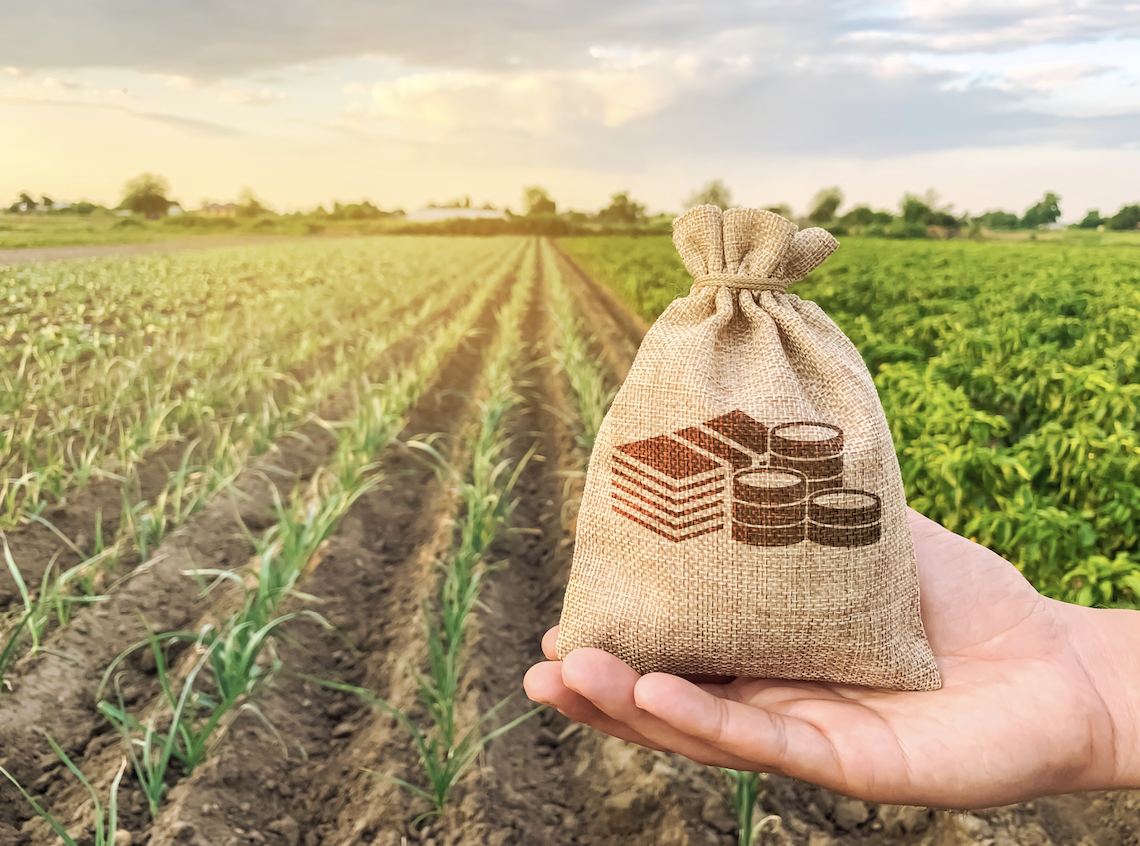
The three key criteria the rural property needs to meet are:
Is It Business Real Property?
The term ‘business real property’ refers to land and buildings used wholly and exclusively in a business. If business real property is used in a primary production business such as a farm, it can still meet this condition even if it contains a dwelling that is used for private or domestic purposes. The dwelling must be in an area of land no more than two hectares, and the main use of the whole property can’t be for domestic or private purposes. More information regarding business real property can be found on the Australian Tax Office website.
Does It Meet Your SMSF’s Investment Strategy?
Before you start making investments through your SMSF, you must have an investment strategy. This sets out your fund’s investment objectives and specifies the types of investments your fund can make. Your investment strategy should be in writing and must:
- Be reviewed regularly to ensure it reflects the purpose and circumstances of your fund and its members (your review and any decisions should be documented); and
- Consider whether to hold insurance cover (such as life insurance) for each member of your SMSF.
You will need to ensure the purchase of business real property (in this case, the farm) is a component of your investment strategy.
Does It Meet The Sole Purpose Test?
This means your SMSF and its assets need to be maintained for the sole purpose of providing retirement benefits to its members, or to their dependants if a member dies before retirement. Questions commonly asked to determine if an asset meets the sole purpose test include:
- Can your farming business lease the farm from the SMSF?
- Will the SMSF pay stamp duty on transfer of the farm to the SMSF?
- Can I borrow against the farming asset within the SMSF?
Again, any decision you make has to be guided by the counsel of a qualified accountant or financial adviser. The good news is that, yes, you can buy a farm within an SMSF – and with the COVID-19 pandemic making cities a whole lot less fun to live in, it might be time to use your SMSF to escape to the country!
Can You Buy Farmland And Build A House: A Farmbuy.com Guide
Whether you can you buy farmland and build a house will depend on the zoning of the land and whether it has a dwelling entitlement.
For example, a farm in a flood-prone area – or one within an environmental protection zone – may not have a building entitlement, and therefore may only be used for primary production purposes. Some states – such as NSW – also restrict the building of dwellings on small rural lots.
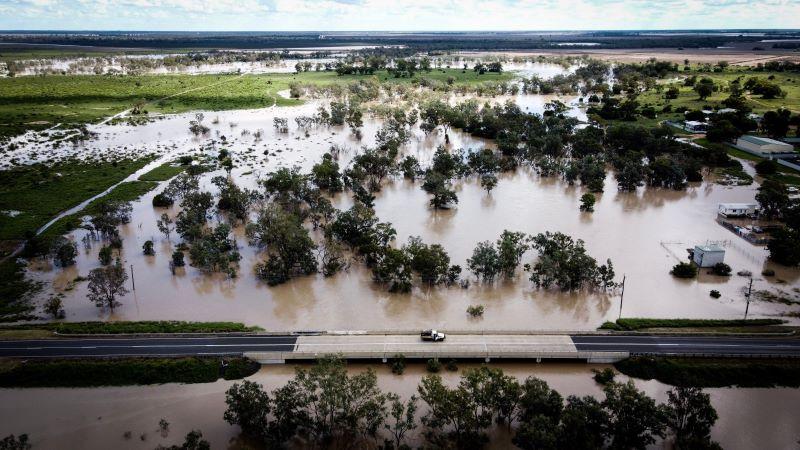
Conducting a title search through the relevant state Land Titles office will tell you if the farmland has a dwelling entitlement – as well as providing other important information such as mortgages, covenants, caveats and easements.
Even if the farmland does have a dwelling entitlement, there are some other important considerations before deciding whether to proceed with construction, including:
- Are there any existing conservation agreements or covenants, vegetation management plans or conditions of consent over part/s of the property?
- Are there any covenants, management plans or agreements on the property that protect certain areas?
- Are there any contaminated sites on the property such as cattle dips or rubbish dumps needing remediation?
- Is the land prone to flood or bushfire? Will you need to undertake any management activities to minimise these impacts? It may be more expensive to build and get insurance on flood or fire-prone land.
- Are there any rights-of-carriageway or other easements on the property which need to be maintained and/or which may allow neighbours access?
- Are all required services provided to the property (ie phone, gas, water, sewer, internet and electricity)? If not, can they be provided economically?
For a comprehensive guide to buying a farm click here.
How Many Acres Do You Need For A Vineyard: Farmbuy.com Guide
Small winemakers with an estimated crush of up to 500 tonnes are the backbone of the Australian wine industry, accounting for 35 per cent of total domestic sales value and 10 per cent of export sales value, according to industry body Wine Australia.

These 2,000+ wineries sell an estimated $1.3 billion in wine – 86 per cent in the domestic market. Main sales channels are retailers (45 per cent) and cellar door (30 per cent).
Nearly half (47 per cent) of these wineries make all of their wine in their own facilities; and over half (52 per cent) of small winemakers grow all or nearly all their own fruit.
Vineyards are often a good investment for their owners, but they can take years to become profitable. A vineyard isn’t a quick way to earn money. Like most commercial ventures, it requires substantial investment, hard work, and the right combination of skills and knowledge.
If you hope to establish a profitable business, industry experts suggest the minimum size you need is five acres. And that’s if you’re selling your wine direct to the consumer. If you aim to sell to the wholesale market, you’ll need at least seven acres to make it profitable, but ideally more to achieve economies of scale, they say.
If you’re looking to buy an established winery for sale, check out the latest listings on farmbuy.com here.
How Many Cows Can Be Farmed Per Acre: Farmbuy.com Guide
The long-term carrying capacity of a property – that is, the average number of animals that a grazing area can be expected to support over a set period of, say, 10 years – is dependent on a number of factors, including the area and condition of land types on the property, climate, evenness of grazing (including preference of land type, plant species and distance to water), tree densities, and goals for animal production and land condition.
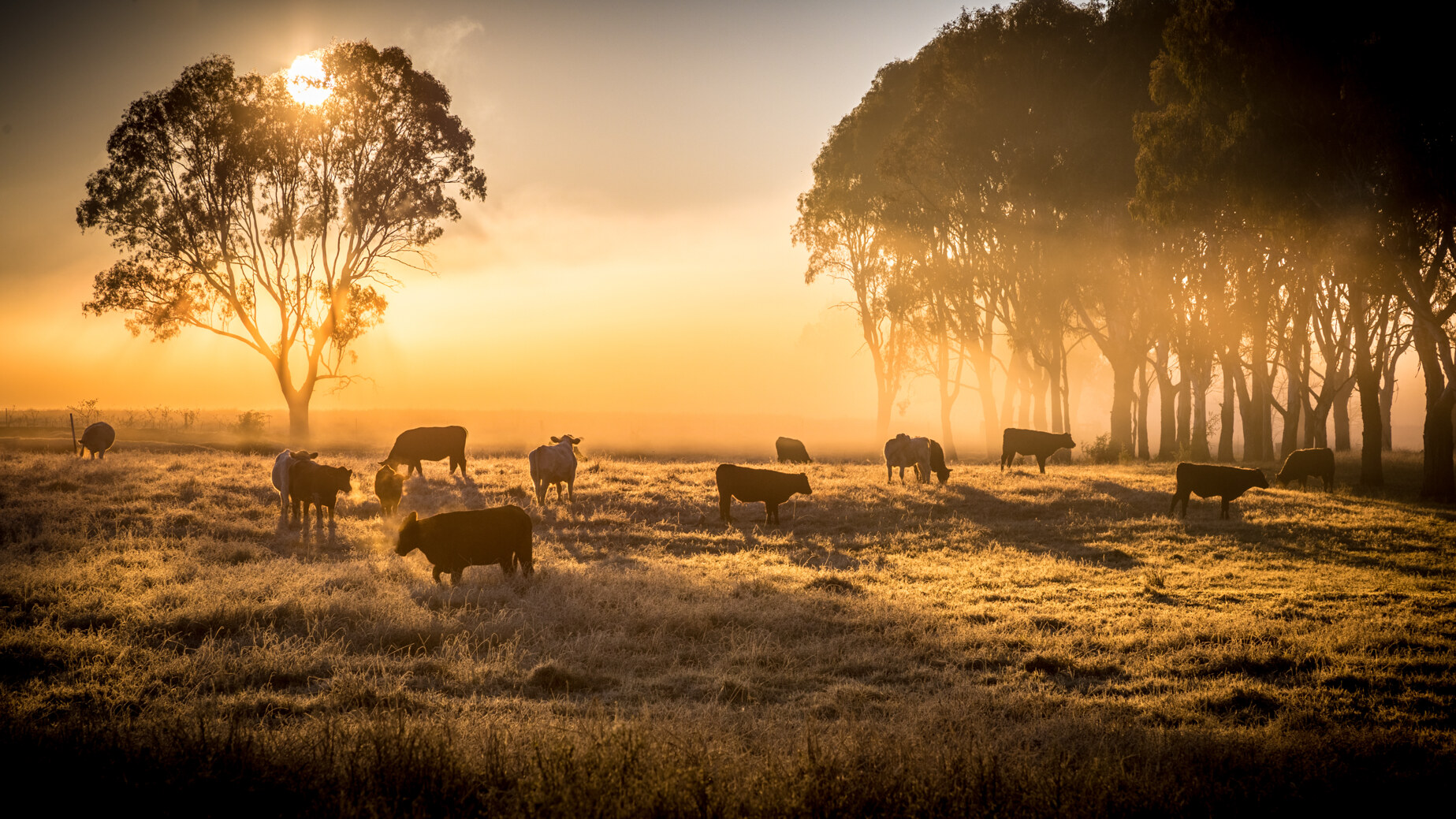
When stocking to a long-term carrying capacity, there is potential for over-grazing in some years and under-grazing in others. Over-grazing can increase weeds, and decrease pasture growth and animal productivity. Under-grazing can increase fire risk and missed opportunities to increase production from the paddock.
Short-term carrying capacity is the number of animals that a grazing area can support over a shorter time (eg week, month or season). To assess short-term carrying capacity, consider: pasture on hand and expected growth; forage quality and desired animal performance; and end of dry season pasture yield.
Long-term and short-term carrying capacities usually differ, but they are closely linked because the average short-term carrying capacity over 10 years should equate to the long-term carrying capacity. The management of one affects the other.
A grazing area’s stocking rate is different, but related to, its carrying capacity. Stocking rate refers to the actual number of stock per unit area at a particular time, and is usually expressed as dry sheep equivalents (DSE) per hectare – which is effectively a measure of their feed consumption.
According to small farm advice forum, Farm Style, a 500kg dry cow equates to eight DSE’s and a 500kg lactating cow 16 DSE’s. It suggests that if you work on an average of 12 DSE’s throughout the year (lactating and dry) and a carrying capacity of your land of six DSE’s, you need around two hectares (five acres) of land for one cow (2ha x 6 DSE =12 DSE).
For more, check out Meat & Livestock Australia’s (MLA) stocking rate calculator for both sheep and beef here.
Many Goats Can Be Farmed Per Acre: Farmbuy.com Guide
The long-term goat carrying capacity of a property – that is, the average number of animals that a grazing area can be expected to support over a set period of, say, 10 years – is dependent on a number of factors, including the area and condition of land types on the property, climate, evenness of grazing (including preference of land type, plant species and distance to water), tree densities, and goals for animal production and land condition.

When stocking goats to a long-term carrying capacity, there is potential for over-grazing in some years and under-grazing in others. Over-grazing can increase weeds, and decrease pasture growth and animal productivity. Under-grazing can increase fire risk and missed opportunities to increase production from the paddock.
Short-term goat carrying capacity is the number of animals that a grazing area can support over a shorter time (eg week, month or season). To assess short-term carrying capacity, consider: pasture on hand and expected growth; forage quality and desired animal performance; and end of dry season pasture yield.
Long-term and short-term carrying capacities usually differ, but they are closely linked because the average short-term carrying capacity over 10 years should equate to the long-term carrying capacity. The management of one affects the other.
A grazing area’s stocking rate is different, but related to, its carrying capacity. Stocking rate refers to the actual number of stock per unit area at a particular time, and is usually expressed as dry sheep equivalents (DSE) per hectare – which is effectively a measure of their feed consumption.
According to a Meat & Livestock Australia (MLA) example, 6,000ha of rangeland – assessed based on type, quality and quantity of feed to be one DSE per 4.5ha of land – is considered to have a goat carrying capacity of 1,333 DSE (ie total area / carrying capacity/ha = total carrying capacity; 6,000 / 4.5 = 1,333).
For more, check out Meat & Livestock Australia’s (MLA) stocking rate calculator for both sheep and beef here.
How Many Horses Per Acre Australia: Farmbuy.com Guide
When deciding to own horses you must consider paddock, pasture and manure management, stocking rates, weeds and livestock identification and movement, according to the WA Department of Primary Industries and Regional Development.
The keys to successful land management include determining the most appropriate stocking rate for your property and developing integrated weed control and manure management strategies. Generally, with excellent management, one horse can be kept on as little as 0.4 hectares (one acre) – although experts suggest life will be a lot easier at one horse on 0.8 hectares (two acres).
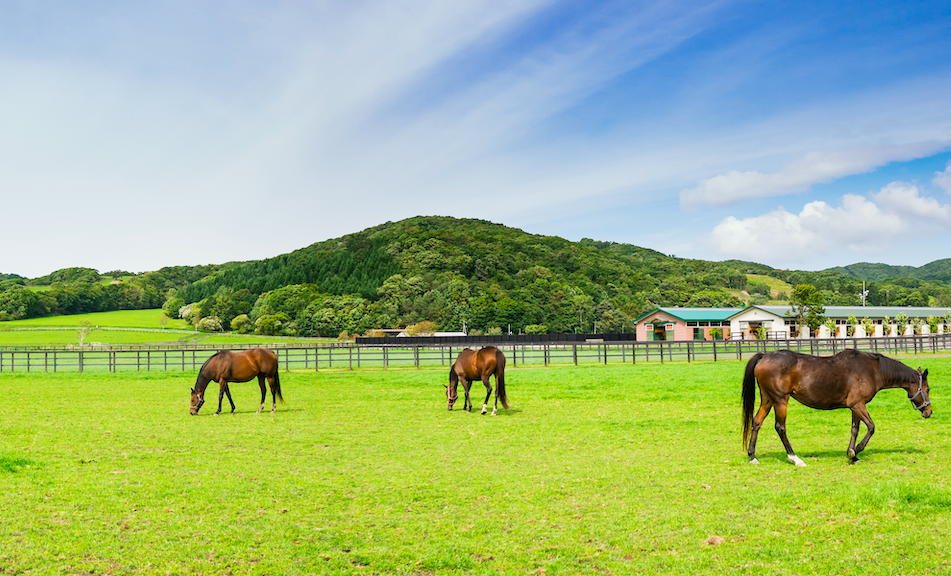
As a horse owner you should develop a property plan which reflects your overall vision for the property and select an approved horse management system, such as:
- Low input (extensive grazing)
- Medium input (horses grazing as well as stabled at times)
- High input (horses stabled and hand fed).
You need to determine the appropriate stocking rate for your property and follow an effective pasture management program, which includes:
- Graze paddocks in rotation (graze at 12cm, rest at 5cm)
- Soil test to determine lime and fertiliser requirements
- Manage lush spring pasture growth by slashing, hay cutting or grazing with other livestock
- Maintain 70 per cent groundcover at all times (minimum height 3cm)
- Seek advice on suitable pasture mixes, management and renovation.
You also need to develop an integrated weed control strategy; as well as an integrated manure management strategy which may include collecting and selling manure, harrowing manure in paddocks, and encouraging dung beetles by limiting harmful sprays.
Tips to remember include:
- Hand feed hay only on compacted rubble or grassed areas — not on sand
- Vary feeding spots to reduce overgrazing and muddy areas
- Consider electric fencing to protect overgrazed and muddy areas from further damage
- Continuously set-grazing small paddocks is a recipe for environmental and equine health problems.
For more information, including farmbuy.com’s favourite horse properties currently for sale, click here.
How Many Sheep Can Be Farmed Per Acre: Farmbuy.com Guide
The long-term carrying capacity of a property – that is, the average number of animals that a grazing area can be expected to support over a set period of, say, 10 years – is dependent on a number of factors, including the area and condition of land types on the property, climate, evenness of grazing (including preference of land type, plant species and distance to water), tree densities, and goals for animal production and land condition.
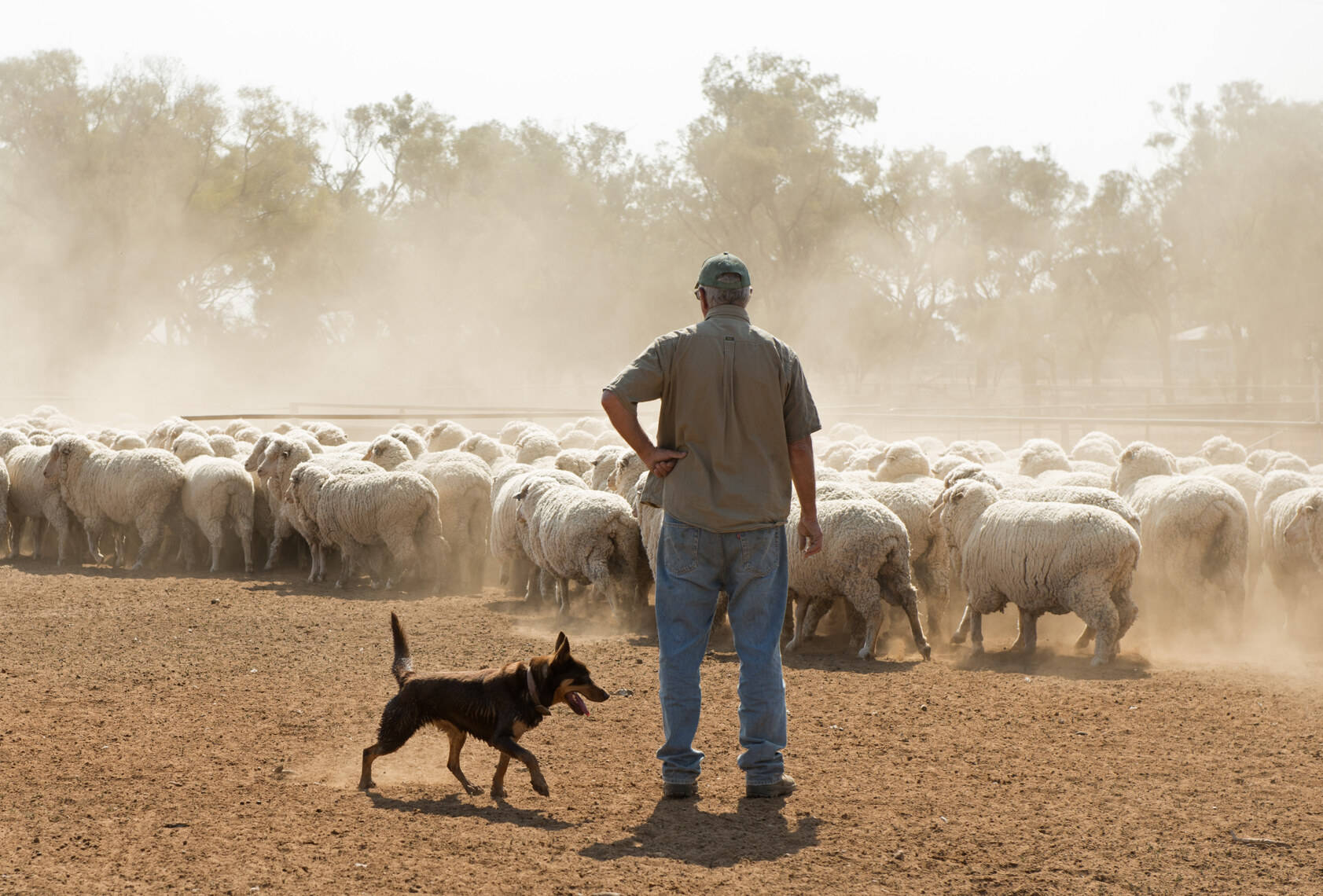
When stocking to a long-term carrying capacity, there is potential for over-grazing in some years and under-grazing in others. Over-grazing can increase weeds, and decrease pasture growth and animal productivity. Under-grazing can increase fire risk and missed opportunities to increase production from the paddock.
Short-term carrying capacity is the number of animals that a grazing area can support over a shorter time (eg week, month or season). To assess short-term carrying capacity, consider: pasture on hand and expected growth; forage quality and desired animal performance; and end of dry season pasture yield.
Long-term and short-term carrying capacities usually differ, but they are closely linked because the average short-term carrying capacity over 10 years should equate to the long-term carrying capacity. The management of one affects the other.
A grazing area’s stocking rate is different, but related to, its carrying capacity. Stocking rate refers to the actual number of stock per unit area at a particular time, and is usually expressed as dry sheep equivalents (DSE) per hectare – which is effectively a measure of their feed consumption.
According to small farm advice forum, Farm Style, grazing land in East Gippsland is estimated to have an average stocking rate of around 10 DSE/ha or 10 x 50kg wether sheep – or around half that rate without supplementary feed.
For more, check out Meat & Livestock Australia’s (MLA) stocking rate calculator for both sheep and beef here.
How Much Does 1 Acre Of Rural Land Cost: Farmbuy.com Buyers' Guide
How much one acre of rural land costs depends on location as well as other variables such as improvements to the property and related infrastructure.
The median price of Australian farmland increased by 12.9 per cent to $2,390 per acre or $5,907 per hectare in 2020, according to the latest Rural Bank Farmland Values Report.
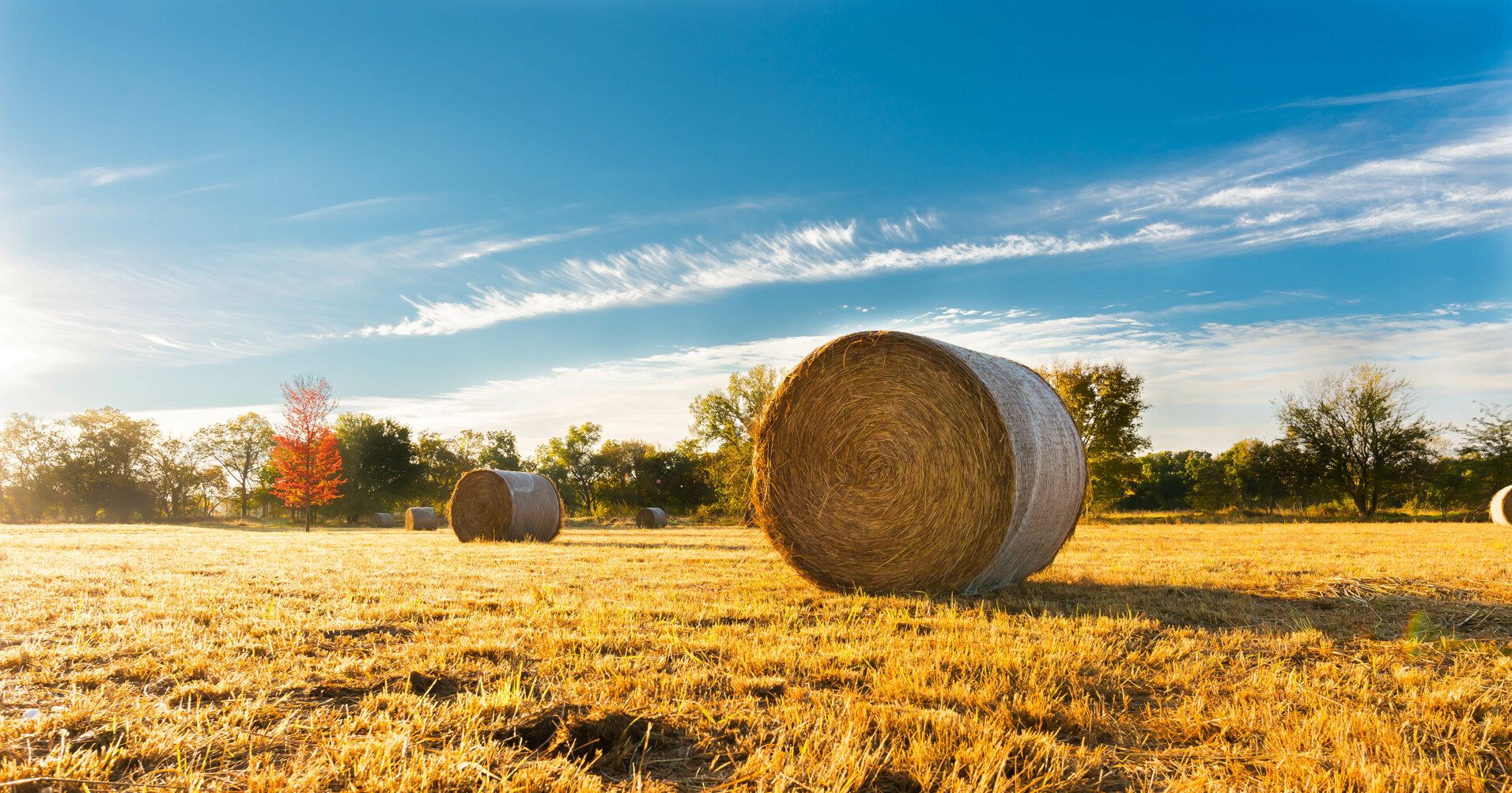
By state, median prices for farmland were lowest in Western Australia at $1,240/acre or $3,066/ha (+19.3%); and highest in Tasmania at $5,540/acre or $13,691/ha (+25.3%).
In the other states the median price per hectare of Australian farmland was: $2,104/acre or $5,200/ha in Queensland (+11.8%); $2,218/acre or $5,482/ha in South Australia (+10.9%); $2,369/acre or $5,855/ha in NSW (+15.6%); and $3,283/acre or $8,114/ha in Victoria (+6.9%).
For the median price per acre or hectare of farmland by farm size in each state, see below:
How Much Does 1,000 Acres Of Rural Land Cost: Farmbuy.com Buyers' Guide
How much 1,000 acres (or more) of rural land costs depends on location as well as other variables such as improvements to the property and related infrastructure.
For example, the cost of 1,000 acres (or more) of rural land ranges from $550,000 for this lifestyle block, located between Coonabarabran and Gunnedah in Victoria, to as much as $20 million for this large landholding in Brisbane’s Samford Valley, based on current properties listed for sale on farmbuy.com.
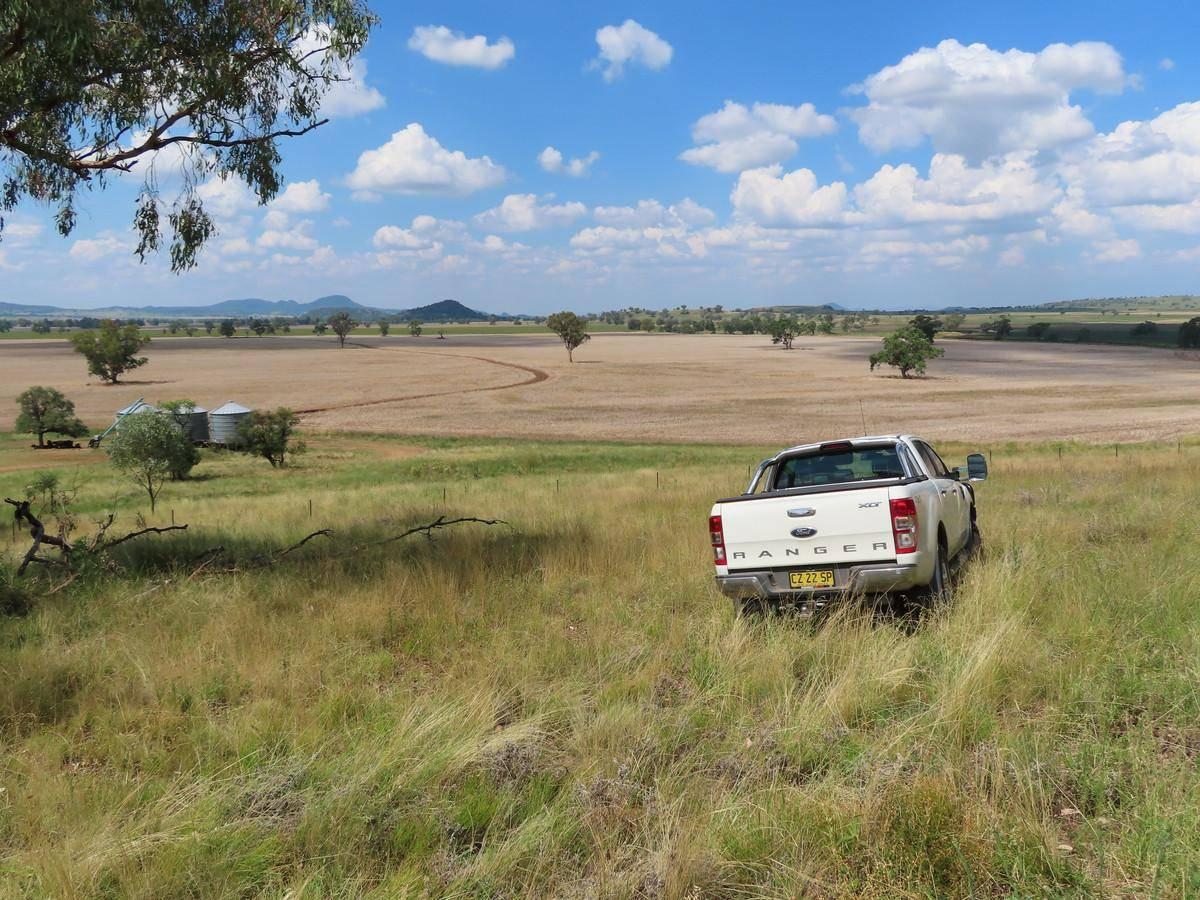
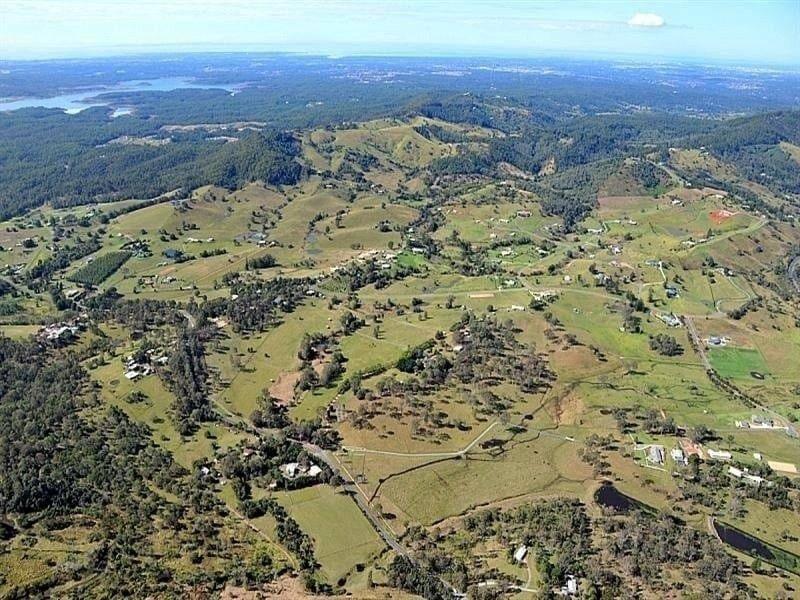
Top: This lifestyle block in Victoria is for sale for $550,000; Bottom: This large landholding in Brisbane’s Samford Valley is for sale for $20 million
On average, though, the majority of the 107 1,000-acre (or more) rural properties currently for sale are in the $1-4 million price bracket.
For more information click here to check out farmbuy.com’s full listing of 1,000-acre (or more) rural properties for sale.
For the median price per acre or hectare of farmland by farm size in each state, see below:







